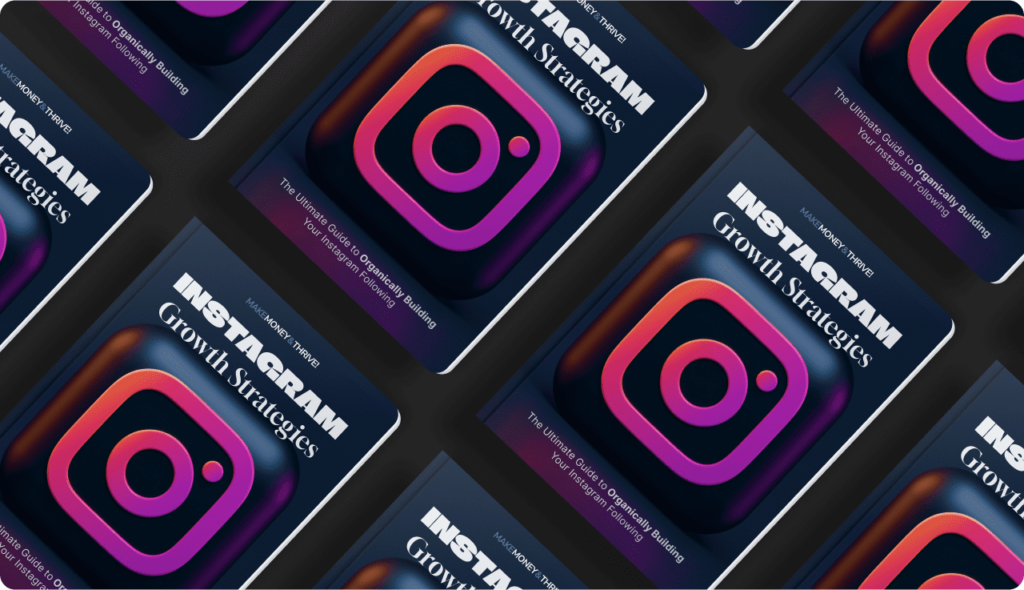Understanding the Importance of Social Media Automation
In today s fast-paced digital world, social media has become an essential tool for businesses looking to engage with their audience and enhance their online presence. However, managing multiple social media accounts while consistently sharing valuable content can be overwhelming. This is where automation tools come into play, helping you streamline your social media strategy. Two popular names in this space are Tailwind and Buffer. In this post, we’ll dive into the tailwind vs buffer for automation debate to determine which tool can better supercharge your social media strategy.
What is Tailwind?
Tailwind is a marketing tool primarily designed for Pinterest and Instagram, allowing users to schedule and analyze content. It comes equipped with features that help users grow their followers, manage their content, and optimize their posting times. Tailwind is particularly favored by visual storytellers and bloggers who rely heavily on Pinterest for traffic. If you want to learn more about Tailwind, feel free to check out this affiliate link.
What is Buffer?
Buffer is a versatile social media management tool designed to streamline posting across various platforms, including Facebook, Twitter, LinkedIn, and Instagram. Its straightforward interface makes scheduling easy, allowing users to queue posts in advance. Buffer is particularly appreciated for its analytics features, which provide insights into how your content is performing across different channels.
Features Comparison: Tailwind vs Buffer for Automation
When discussing the tailwind vs buffer for automation, it’s crucial to compare their key features. Here s a breakdown to help you understand which platform excels in what area:
- Scheduling Capabilities: Tailwind excels in visual content scheduling for Pinterest and Instagram, allowing users to create visually appealing posts. Buffer, on the other hand, offers more flexibility by supporting multiple platforms, making it easier to manage all your accounts in one place.
- Analytics: Both tools offer analytics, but Buffer goes a step further by providing insights across different platforms, showing how your posts perform in real-time. Tailwind, while focused on Pinterest and Instagram analytics, offers deep insights specifically tailored to these platforms.
- Content Discovery: Tailwind features a powerful content discovery tool that helps users find trending posts and relevant content to share. Buffer doesn t have a similar feature, making Tailwind a better choice if you rely heavily on discovering new content to share.
- Ease of Use: Buffer is known for its simple, user-friendly interface, making it accessible to beginners. Tailwind has a slightly steeper learning curve, particularly because of the unique features it offers for Pinterest.
- Pricing: Tailwind offers a free trial, followed by various pricing plans based on the number of accounts and features you want. Buffer s pricing also varies based on the number of social accounts, and it includes a free version that is appealing to those just starting.
Integrations and Compatibility
Another vital aspect of the tailwind vs buffer for automation discussion is compatibility with other tools. Tailwind integrates seamlessly with Pinterest and Instagram, offering a robust setup for those platforms. It also connects with Canva for easy design creation. Buffer, however, supports a broader range of platforms, integrating with Facebook, Twitter, LinkedIn, Instagram, and even Pinterest, giving it an edge if you’re managing multiple channels.
Best For… Who Should Use Each Tool?
If your social media strategy is heavily centered around Pinterest or Instagram, Tailwind is likely the better choice. Its unique features, such as SmartSchedule and Tailwind Tribes, provide tailored solutions for optimizing visual content and enhancing community engagement.
On the other hand, if you’re looking for a versatile tool that can help you manage multiple social media platforms, Buffer is the way to go. Its simplicity and comprehensive analytics make it suitable for businesses and individuals who want an all-in-one solution.
Which Tool Offers Better Customer Support?
Customer support can make or break your experience with an automation tool. Both Tailwind and Buffer offer a variety of support options, including email support and extensive knowledge bases. Tailwind provides personalized support for paid users, whereas Buffer has a community for users to share insights and strategies. Given the nature of the service, both tools receive high praise for their customer support.
Conclusion: Tailwind vs Buffer for Automation
In the battle of tailwind vs buffer for automation, your choice ultimately depends on your social media focus and needs. If you lean towards image-based content primarily for Pinterest and Instagram, Tailwind s features could provide the boost you need. However, for users seeking an easy-to-use, multi-platform management tool, Buffer is hard to beat.
Both tools cater to different needs, so consider what aligns best with your social media strategy. Whichever you choose, automating your social media management will certainly help you save time and engage better with your audience. Don’t forget to check out Tailwind through this affiliate link if you feel it might be the right fit for your Pinterest and Instagram needs!


Leave a Reply